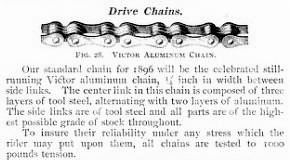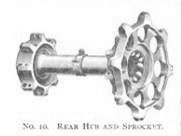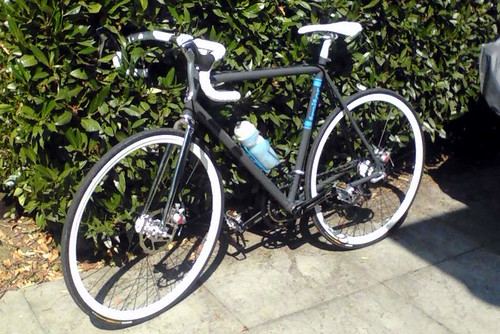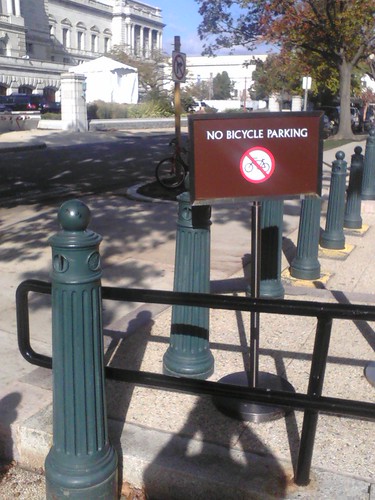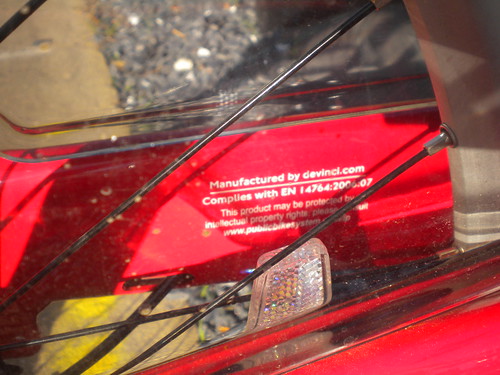If the weather is good (not wet, not below freezing, generally) I will commute the ten miles each way to Capitol Hill on my carbon fiber road bike rather than my steel road bike that has disk brakes.
One of the main issues I have had is with tire wear. I had Michelin ProRace2 tires and then after they were discontinued, the successor model ProRace3. They are a bit pricey, though, often listing for more than fifty bucks each.
More importantly, I haven't been happy that the ProRace tire on front wears well while the one on back wears quickly. In particular, the center of a new ProRace tire is raised in a pronounced way that I like to imagine reduces the rolling resistence but on the back this wears away in about 500 miles, leaving a flat spot instead. You can switch the tires front to back, but then the one that was in good shape on the front is quickly in same not-so-good state.
Performance has a tire from Vredestein, the
Fortezza SE Road Tire that for a while was often on sale for around 25 bucks (although now they are $34) and customers mostly seemed to have given them good reviews. I thought I would try a set of those and bought a pair - as it happened, I then got a slash ruining a not-very-old ProRace3 so now I have a Fortezza SE on the back and a ProRace3 on the front. This has worked very well - better, I think than having a Fortezza front and back. The Fortezza is a strange clincher that takes up to 160 PSI and says it needs a minimum of 110! (The ProRace3 has a max of 116 PSI.) I tried putting 140 in the back tire but the back end of the bike become too "lively" so I run with about 120 in back, 110 in front and it seems to work fine.
I can't say that I have a lot of confidence in the grippiness of this set up for high speed sharp turns, or even moderate speed ones in rainy weather, but I don't make high speed turns (much) and try not to ride this bike in the rain - problem solved. The road grip of the front tire, the ProRace3 is probably fine, but I'm a little suspicious of the Fortezza in back, but really I am not sure. I'm not testing it.
Michelin has a new tire that takes the same approach - the Michelin Pro Optimum has different characteristics for the front tire version and the back tire version:
Michelin has developed separate front and rear tires to take into account their specific requirements: The front tire carries 30% of the weight load and absorbs 100% of the braking effect. For this reason, Michelin engineers made it a priority to develop a tire with added grip, capable of providing maximum safety to users on cold, wet surfaces. The rear tire carries 70% of the weight load and absorbs 100% of the torque generated by the bike's forward motion, which affects its efficiency and wearlife. In order to achieve consistent performance, the rear tire now has a longer life, meaning that MICHELIN Pro Optimum Front and Rear tires now have comparable lifespans.
(
Michelin Pro Optimum Front & Rear)
I suppose comparable tire life spans seems something to suggest as a "feature" since many folks buy the in pairs but as a goal it seems less important than simply having good riding characteristics. And it just seems unlikely - rear tires are going to wear faster, period. I'm figuring I'll go through two Fortezza tires on the rear to one ProRace3 on the front.
Mix and match - a good idea, it seems.
